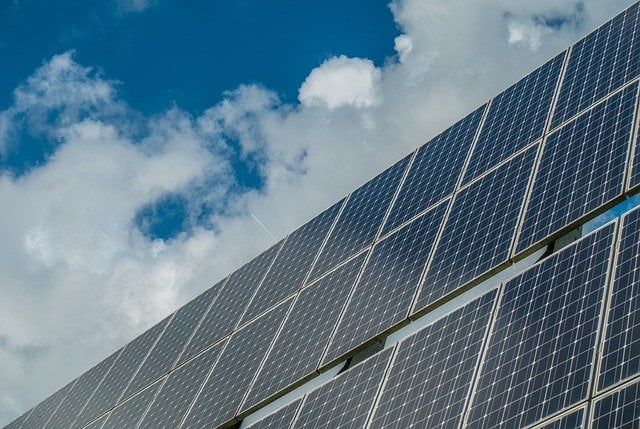
Researchers at the Australian National University (ANU) develop cheaper and more efficient solar technology.
ANU engineers collaborated with researchers from the California Institute of Technology and developed a method, by which silicon can be combined with another material known as perovskite. This will help in the conversion of sunlight into electricity more efficiently. An important part of the discovery is the way in which the materials are joined together to form a tandem solar cell, where one solar cell is placed on top of another.
Researchers found a new method to stack the two cells together for it to work efficiently with each other. Using this method, energy waste can be minimized and structure gets simplified, making it cheaper and easier for production. According to Dr. Daniel Jacobs, co-author, it is important to demonstrate a fabrication process that is as simple as possible in tandem solar cell, otherwise the additional complexity is not worth it from a cost perspective. This new structure involves one less fabrication step and also, the cell exhibits good performance.
Although it is difficult to combine two materials in a tandem arrangement, if it is achieved correctly, the efficiency can be increased well beyond what is possible with silicon. Dr. Jacob said, “We have already reached 24 per cent improvement in efficiency with this new structure, and there is plenty of room left to grow that figure.”






